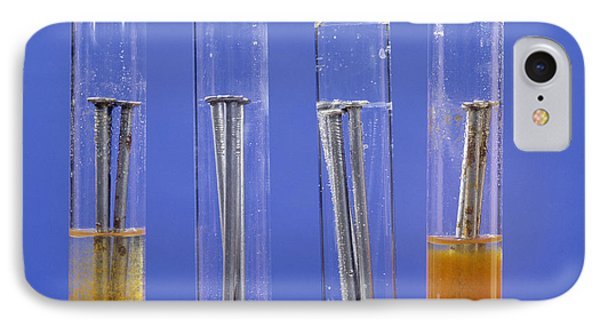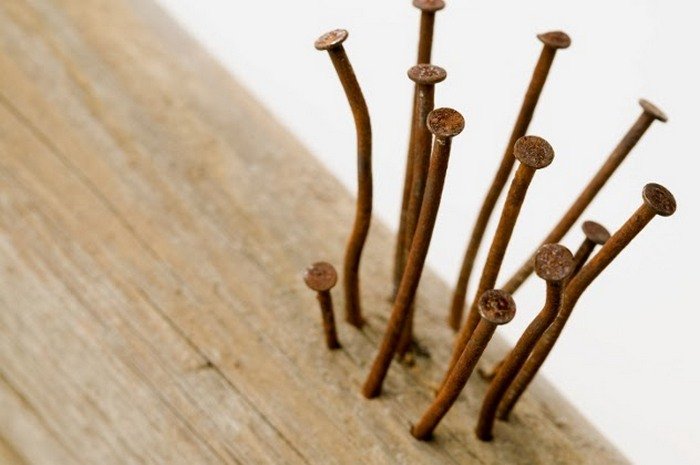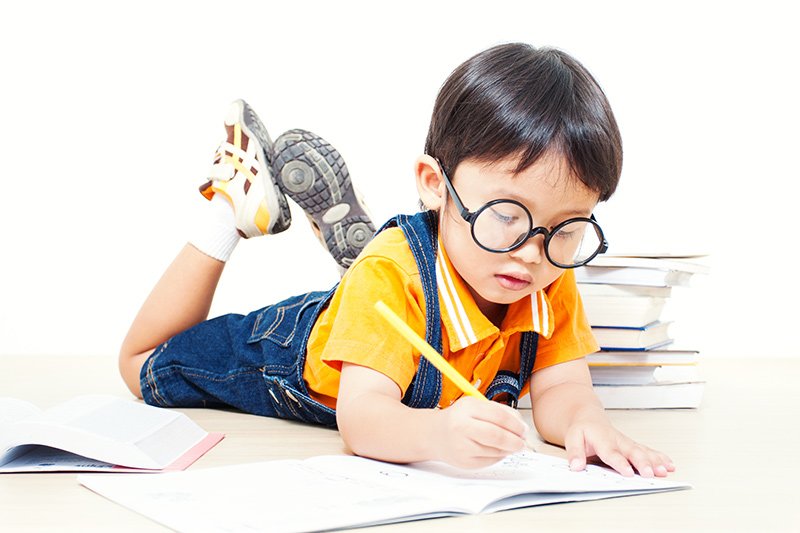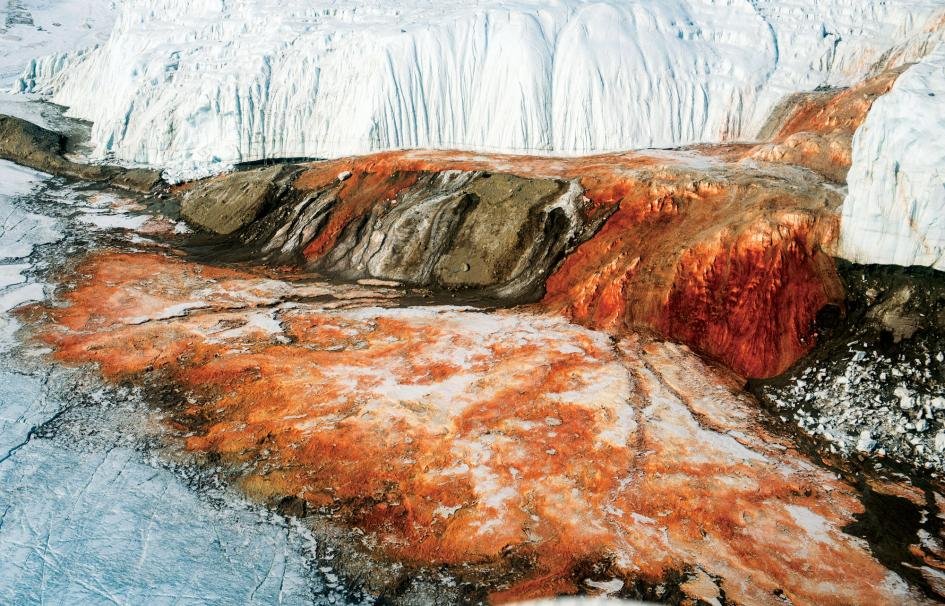Hello to all Steemit educators out there! This is another lesson plan for Primary School and why not High School.
Today we're dealing with Iron (4Fe) chemistry and more specifically rust (Iron Oxide - 2Fe2 O3). If you're trying this project in Primary School you will just present the phenomenon using simple words and concepts. In High School you can look deeper into the matter by studying the chemical types and procedures of rust.
LESSON OBJECTIVES:
Teach our students about rust and more specifically, how it occurs and how we can prevent it. We want to put this knowledge in use in our everyday life, because by keeping knowledge active we promote a more complete and interactive relationship between school and real life. We also want to engage children with literature and writing by using a short story as a "stimulus" and allowing the children to finish it in their own personal way.
STEPS TO FOLLOW:
STEP 1
Introduction based on a short children's story (for Primary School students):
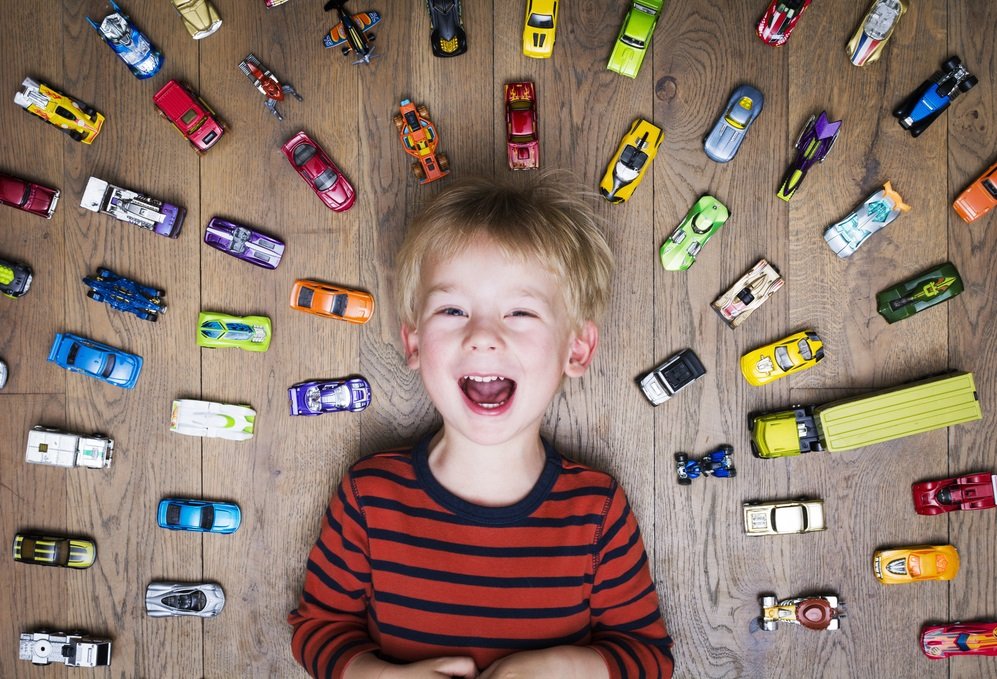
(View image Source)
"Rusty's Cars"
"Once upon a time, in a town not very far from ours, there was a little boy called Rusty. Rusty lived in a very nice house with a very big garden.
One day Rusty was playing in the garden with his friends. The children were playing with Rusty's favorite iron toy cars when a sudden storm began. Heavy rain was pouring down, lightning stroke and thunder clapped! The children rushed into the house and Rusty left some of his cars in the garden. The rain was so heavy that he hurriedly put in his box as many cars as he could find at the moment and ran to the house.
The storm stopped a few hours later, but the toy cars were left outside all night, soaking wet under the grass. The next morning Rusty left for school, it was a big day, they had a school play on, so he didn't have time to look for his favorite toys.
"They're gonna be ok, they're in the garden. I'll pick them up tomorrow."
But he didn't pick them. It was Saturday and Rusty went on a weekend trip with his parents, they set off very early in the morning. They came back on Sunday night and Rusty had forgotten about his missing toy cars.
The next afternoon, when Rusty came back from school he remembered about his cars. He looked for them in the garden and found them to his big unpleasant surprise! His toys had changed color! They turned from grey to brown-red and smelled funny! What had happened to them? How was he going to fix it?
Poor Rusty was very upset. He started sobbing when suddenly a tiny little creature appeared!
"Hello there! My name is Chemie and I'm a chemistry genie. I saw you crying over your toys and I'm here to help you!"
Rusty stopped crying and listened to that weird little man who called himself a genie...
-Note that this is a short story I made up for this project, so please, be kind.
STEP 2
We can narrate the story to our students and then use the genie to present our theory (as if we're the genie and the children are Rusty). Before we begin explaining, though, it's essential that we check on the students' former knowledge. So, we ask the following questions:
-What were Rusty's cars made of?
-What happened to them?
-What was that strange color Rusty saw on his cars?
-Do you have any idea on how it happened?
-Have you seen anything similar on iron objects at home or anywhere else?
If you don't want to use my story you can skip the first step and start by presenting the theory to the class.
Theory presentation:
First we want to check on the background knowledge, so we ask our students if they know what rust is. It's helpful to bring rusty objects to present in class and ask them if they know what this weird brown-reddish substance is. After that, it's a good time to explain what it is and why it happens.
Theory:
In simple words, when iron gets in touch with the oxygen, it forms this brown-reddish substance we call rust. During this reaction, electrons from the iron atoms pass to the oxygen atoms and so the atoms are bound together forming a new molecule in a process called oxidation. For oxidation to occur we need the presence of an electrolyte, a substance that will enable the electrons' movement. Water works as an electrolyte by combining with the carbon dioxide (Co2) from the atmosphere (we need air along with water). The weak carbonic acid (formed by water and CO2) will help the iron dissolve. Meanwhile, a part of the water will break down into its components, hydrogen (H2) and oxygen (O2). The oxygen and iron will bond together to form iron oxide, AKA rust.
As mentioned above, if you're doing this in High School you can use scientific terms and formulas for further understanding, but in Primary School our goal is to teach simple terms and concepts, so maybe some of the above are too difficult for students to conceive. We just want to build a steady base for future knowledge.
STEP 3
Experimenting:
Here we are doing 2 experiments. In the first one we are testing under which conditions rust occurs and in the second one we test what substances work better in rust prevention. Note that these experiments will take us approximately 6-7 days, so we'll need 2 weeks to complete our project.
Materials needed:
- Steel wool pads (soap-less)
- Water
- Salt
- Vinegar
- Clear fingernail polish
- Spray-on car wax
- Furniture polish
- Polyurethane finish
- Vegetable oil
- Four small bowls
Experiment 1:
- Fill the first bowl up to its 2/3 cup with water.
- Fill the second bowl up to its 2/3 cup with salt water.
- Fill the third bowl with a solution of 1/3 cup vinegar and 1/3 cup water.
- Leave the fourth bowl empty.
- Put one steel wool pad in each bowl.
- Check on the bowls at: 12 - 24 - 36 - 48 - 72 - 96 hours.
- Take pictures and note: Which pad rusted first, second, etc.
- Conclude: Which factors allow rust occurrence?
Experiment 2:
Here we want to check on the rust-preventing factors
- Coat the pads with any of the following (or all of them): nail polish, furniture polish, car wax, polyurethane finish and vegetable oil.
- Fill one bowl with 2/3 cup water (use separate bowls for different-coated pads).
- Put one steel wool pad in each bowl.
- Check on the bowls at: 12 - 24 - 36 - 48 - 72 - 96 hours.
- Take pictures and notes on which pad rusted first, second, etc.
- Conclude: Which coating worked the best protecting the pad from rusting?
STEP 4
Concluding:
We sum up on the basic mechanism of rust and what are the best anti-rust materials we can use to protect iron objects.
STEP 5
Room for imagination:
We give our students the chance to finish Rusty's story their own way. Finally we read the stories in class.
STEP 6
Extra Information:
After we have completed our project, we can also show our children the marvelous phenomenon of the Alaskan Blood Falls, a waterfall that spews rust. Its water comes from deep beneath the glacier and is rich in iron that reacts with the oxygen in the atmosphere giving an amazing spectacle of red, blood-like liquid dribbling from the white ice. One of my past posts was on this waterfall and we can get plenty of valuable information and pictures from there.
References
wikipedia.org
science.howstuffworks.com
education.com
growingwithscience.com

Thank you for reading this post! I hope some of you will find it interesting and helpful. If any of you tries it with your class, I'd be happy to know how it worked out, so leave a comment anytime! Also, any feedback is welcome, as it helps me improve my work.
You are more than welcome to check my profile, @ruth-girl, you may find interesting stuff there like my series of posts on bizarre natural phenomena.
Interested in science? Please, don't forget to check the @steemstem project, a community-driven project meant to promote well-written, high-quality, STEM-related content (STEM as for Science, Technology, Engineering and Mathematics). Join them in steemit.chat for more information.
And for those engaging with education, @steemiteducation is here to join all steemian educators in their common cause of making our job easier, more effective and more fun!
Thank you for your time and as I like to say,
Steem on and keep smiling, people! :)


